When it comes to Liverpool’s most transformative signings, few parallel the colossal impact of Ron Yeats as he helped Bill Shankly lead the club into a successful 1960s.
Shankly knew exactly what he was getting when he brought Yeats to the club in 1961, in a £22,000 deal from Dundee United.
Shanks had followed his countryman during his time as manager at Huddersfield and, upon switching to Liverpool in 1959, set his sights on a move that would cement the bedrock of his side.
The Reds were in the Second Division upon Yeats’ arrival, and had been for seven seasons following their relegation from the top flight in 1954, but such was Shankly’s confidence he told him “with you in the side, we will soon be in the First Division.”
With the Billy Liddell era drawing to a close, Liverpool needed a new long-term leader, and after cycling through the likes of Johnny Wheeler, Ronnie Moran and Dick White on the turn of the decade, Shankly had found the perfect successor.
A product of a worker’s upbringing in Aberdeen, Yeats was strong, tall, resilient and assured, and upon his unveiling to the press, his new manager urged reporters to “walk around” him, telling them “he’s a colossus.”
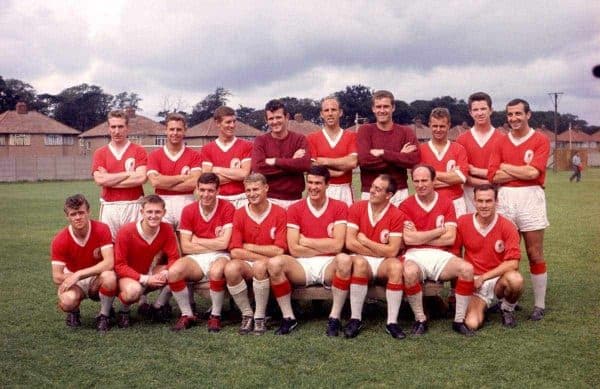
Midway through the 1961/62 campaign, at the age of 24, he was given the captain’s armband, and made 46 appearances across all competitions in his first season with the club, including 41 of a possible 42 in the league as the Reds clinched the title.
Liverpool were back in the First Division, and in Yeats they had a new figurehead—an inspirational presence whom the fans had already latched onto as a favourite, sharing Shankly’s admiration.
It took a stabilising season to find their feet, but in the space of four campaigns back in the top flight the Reds had won the title twice and secured a first-ever FA Cup.
The triumph of 1963/64 was Liverpool’s first top-tier title in 17 years, going back to Bob Paisley‘s playing days alongside Liddell, Albert Stubbins and Jack Balmer, and it marked a significant step forward for the club under Shankly.
‘Christ son, you look 7 feet tall’
It was Shankly’s vision that heralded a new age of dominance at Anfield, and a central, stylistic decision from the manager to reflect this was the change to all-red kits in 1964.
Yeats was to be model—a far cry from his days in the slaughterhouse—and as Ian St John wrote in his autobiography, the sight of the centre-back in red shirt, shorts and socks prompted a legendary reaction from their coach.

“He thought the colour scheme would carry psychological impact—red for danger, red for power. He came into the dressing room one day and threw a pair of red shorts to Ronnie Yeats,” St John recalled.
“‘Get into those shorts and let’s see how you look’, he said. ‘Christ, Ronnie, you look awesome, terrifying. You look 7’ tall.’”
The new look was given its debut in the European Cup, and the visit of Anderlecht in the first round; Yeats was captain and scored the third goal as Liverpool won 3-0.
It was his first goal at Anfield, and only his second for the club in three years, and according to the Guardian‘s match report from the night, “the Kop went mad.”
“Christ, the players looked like giants. And we played like giants,” Shankly reminisced years later, revealing that he told his wife after the game: “I went out onto Anfield and for the first time there was a glow like a fire was burning.”
Shankly was building something special, and the imposing Yeats was at the fulcrum of this revolution.
But for all the emphasis on his build and the terrifying image he evoked at the back, it would be remiss to overlook his quality on the pitch; he was a brick wall of a defender, who thrived alongside Tommy Smith at the back.

“I was 6’2½” and 14-and-a-half stone, so when I tackled someone he must have felt it,” Yeats told LFCHistory in 2004.
“I wasn’t dirty as far as dirty is concerned. I used to make sure I was there or thereabouts.
“At that time we had these big centre forwards to play against. I always knew if there was going to be a battle I would win the battle. I wouldn’t come second to nobody. I used to enjoy it.”
Having that uncompromising presence at the back allowed the likes of St John, Roger Hunt, Peter Thompson, Chris Lawler and later Tony Hateley and Bobby Graham to thrive at the other end of the pitch, in a period where defence and attack could be more clearly defined.
Yeats was a constant figure for Liverpool over nine seasons, in which they won three titles (two First Division, one Second Division), the FA Cup and three Charity Shields, before back problems restricted him in his final season in 1970/71.
He played just 16 times that season, with Shankly turning to Larry Lloyd as his replacement, before moving to Tranmere in 1971 and serving as player-manager for three years as part of a frustrating spell as a coach.
Yeats as Liverpool Chief Scout for 20 years

Liverpool went on to win 11 titles in the following 19 seasons, with two of those coming upon his return to the club as chief scout in 1986 — a role he served until 2006.
One of his proudest achievements in his role overseeing the club’s scouting network was the recommendation of Sami Hyypia to Gerard Houllier in 1999, with the Finn going some length to filling his boots as one of Liverpool’s best centre-backs since the Premier League began.
Hyypia has been overtaken now, of course, by Virgil van Dijk, and though there are decades and millions of pounds separating them, there are many parallels to be drawn between the impact signing Yeats and Van Dijk had on Liverpool.
They were both transformative signings in which their manager had the utmost faith and conviction, who were brought in to end a long, barren run at Anfield.
Though many of Liverpool’s titles came in the years after Yeats’ exit in 1971, arguably the most important triumph came in his first season with the club, lifting the club back up to the top table, where they have remained since.
His role in that was colossal, and for a long while Yeats stood as Liverpool’s second longest-serving captain with a run of nine years, though both he and Alex Raisbeck have now been surpassed by Steven Gerrard.
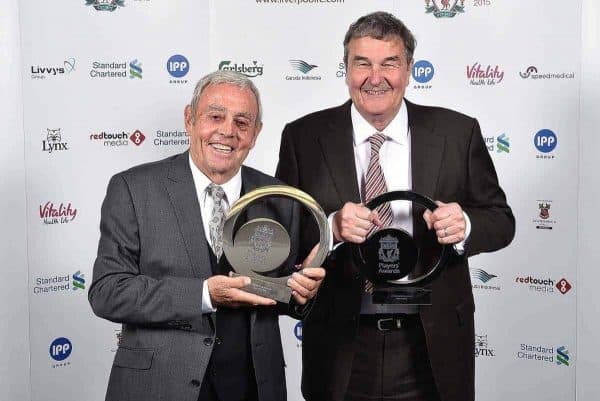
Sadly, the Scot was diagnosed with Alzheimer’s disease in his later years, with St John revealing in 2016 that he, along with Yeats and Smith, who have all now passed away, were all suffering with symptoms.
St John described it as “an occupational injury,” with studies linking players from the 1950s and 1960s with problems with memory due to their frequent heading over heavy footballs, and it serves as a tragic sacrifice made by many young men who were naturally unaware.
Yeats was blessed to call St John a close friend, and the former striker detailed their struggles as part of Ragnhild Lund Ansnes’ book Liverpool Captains.
Liverpool are equally as fortunate to count the pair among their number, with Shankly describing them as “the greatest signings.”
“They were the beginning of Liverpool,” he concluded, perfectly summarising Yeats’ legacy.
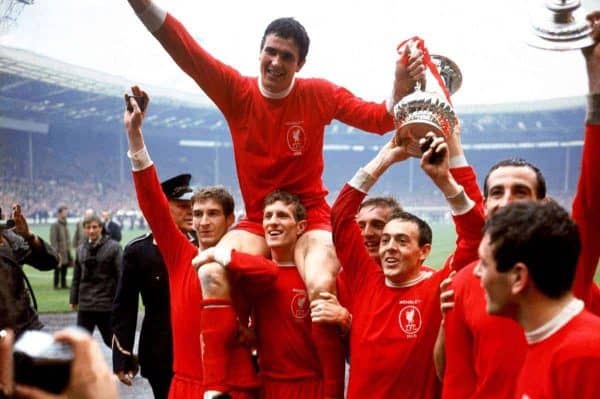




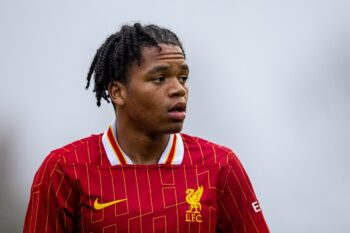
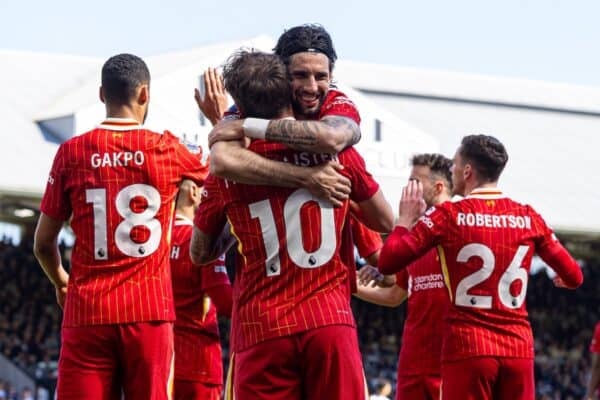





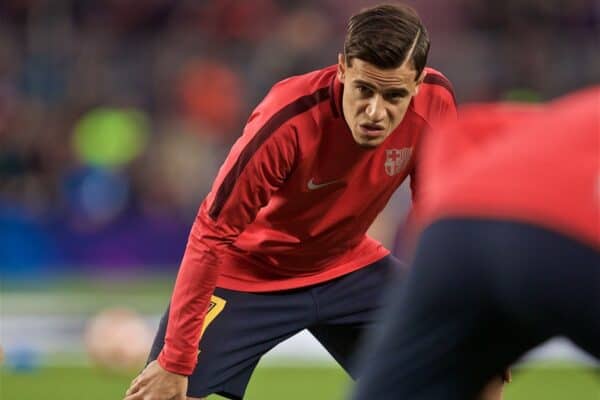
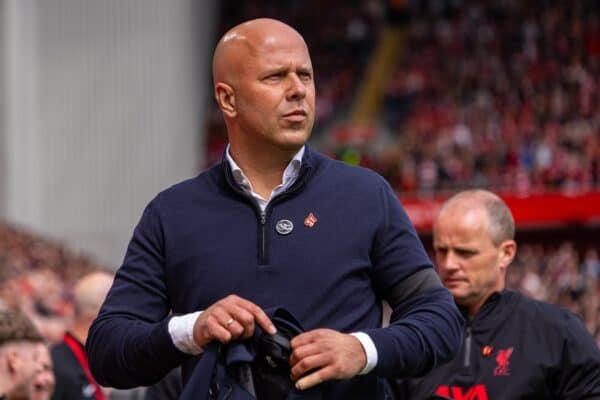

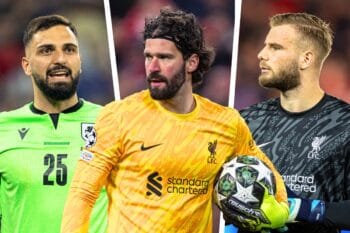
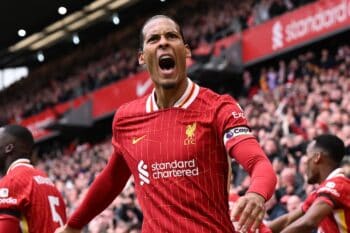

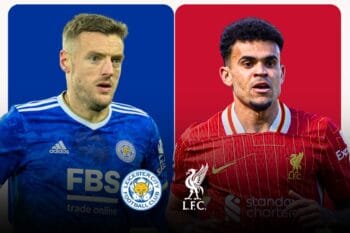

Fan Comments